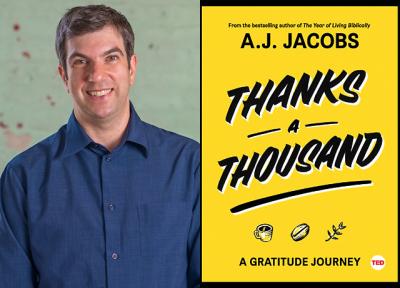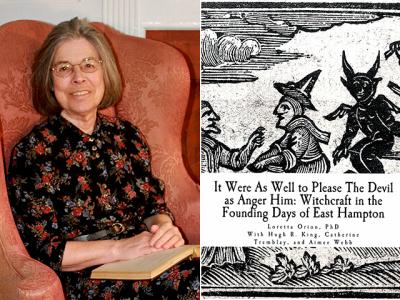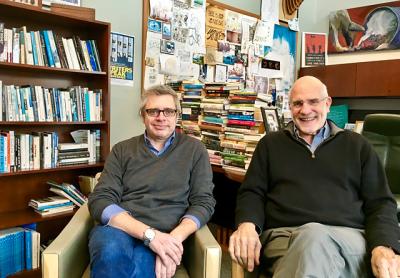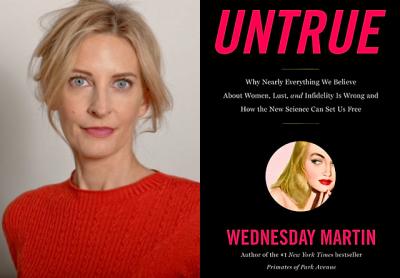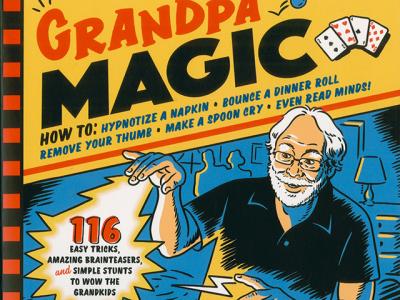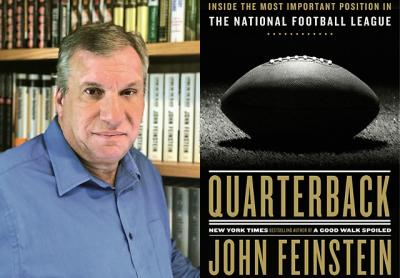Book Markers:02.21.19
Book Markers:02.21.19
Back to Murder Creek
Who would’ve thought that blackface and white supremacy would return to the headlines in such a major and dispiriting way? But there’s a parallel yet quite different trip into the past available, as NewSouth Books has just released in paperback “The Wrong Side of Murder Creek: A White Southerner in the Freedom Movement,” a 2008 memoir by Bob Zellner of Southampton.
The son of a Methodist minister, born in Alabama into a family of Ku Klux Klan members, Mr. Zellner went on to reverse his personal trajectory to become field secretary for the Student Nonviolent Coordinating Committee, agitating for civil rights throughout the 1960s. South Forkers might know him better for his past work heading up the Anti-Bias Task Force or running for supervisor in Southampton, or his protests on behalf of the Shinnecocks, among other ventures in civic life here over the years.
Celebrating Black Writers
Along similar lines, roughly speaking, it’s not too late to check out a copy of John Edgar Wideman’s “Writing to Save a Life: The Louis Till File,” about the father of the martyred civil rights figure Emmett Till, a 14-year-old from Chicago brutally murdered in Mississippi in 1955 after being accused of flirting with a white woman.
A copy is available at the John Jermain Memorial Library in Sag Harbor, which is where it could be put to use in Sunday’s African-American Read-In from 2:30 to 4:30 p.m., arranged in conjunction with Canio’s Books down Main Street. Readers of all stripes have been invited to take part with short pieces and excerpts from favorite works. The organizers suggest “fiction, nonfiction, poetry, oral history, or family story” — and the attendance of listeners, too. Signing up ahead of time is recommended, and light refreshments are in store.


